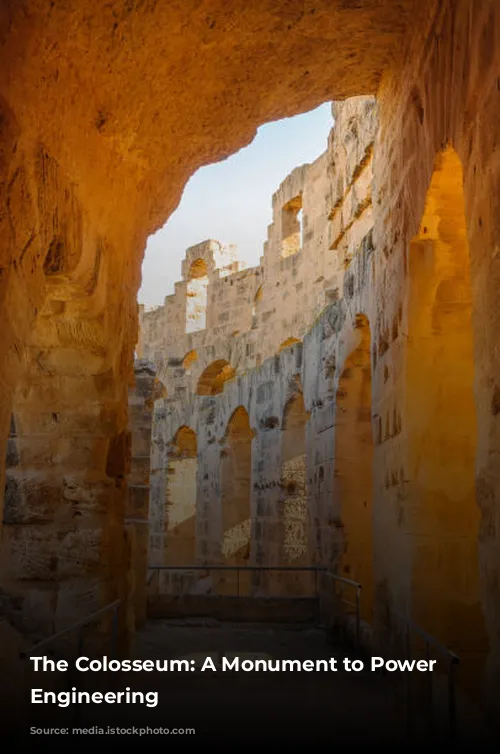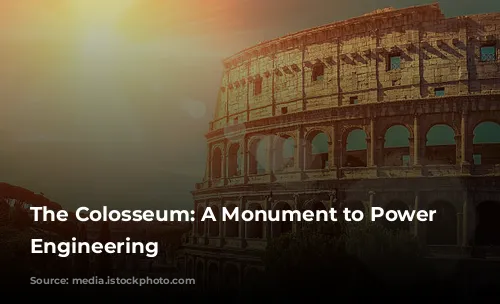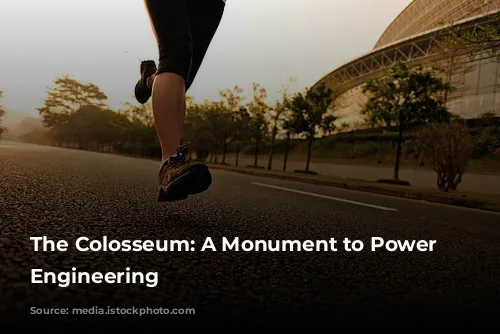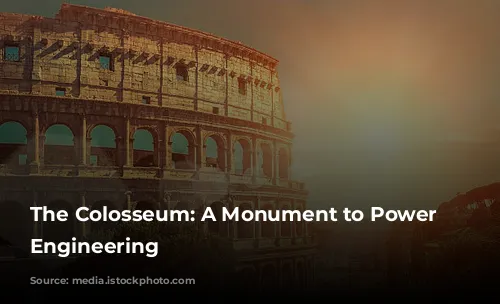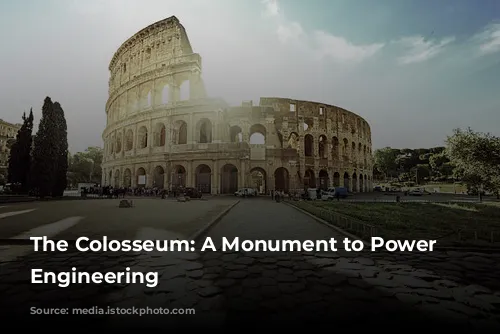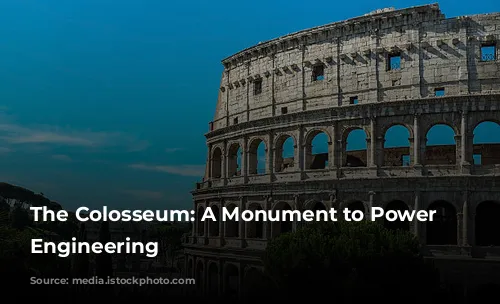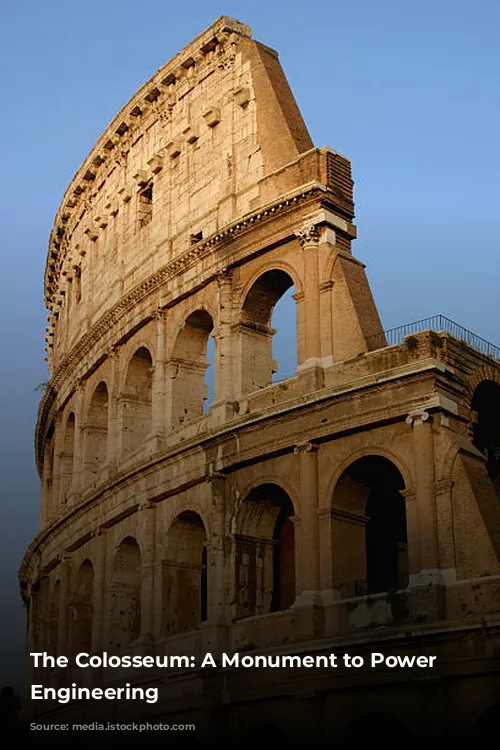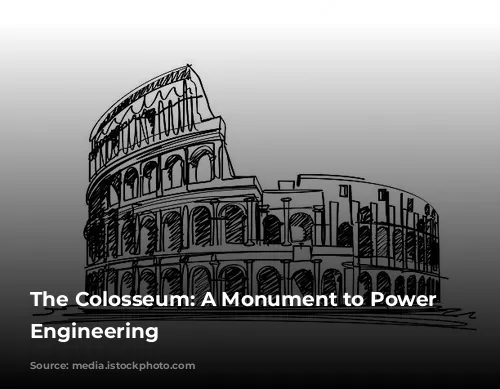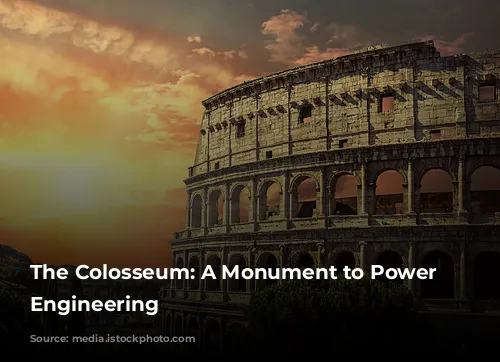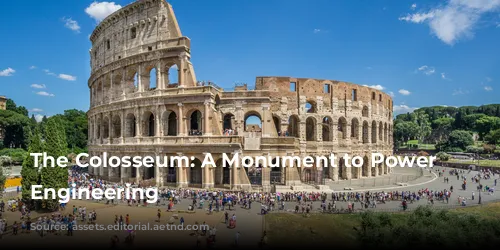Imagine a world where vast crowds gathered to watch gladiators clash in brutal combat, or wild beasts rampage through a colossal arena. This scene, once a reality, is captured in the Colosseum, one of the most iconic architectural wonders of the ancient world. This remarkable structure, built in the first century AD, not only served as a stage for blood-sport entertainment, but also stood as a testament to the Flavian Dynasty, one of the most influential reigns in Roman history.
After Vespasian ascended to the Roman throne in 69 AD, he and his sons, Titus and Domitian, embarked on a massive construction project to revive Rome, a city battered by fire, plague, and civil war. The Flavian Dynasty’s 27-year rule saw them restore buildings, statues, and monuments throughout the city. It was Vespasian, in 70 AD, who ordered the construction of the new amphitheater in the heart of Rome. The funds for this ambitious project came from the spoils of war captured during the Roman siege of Jerusalem during the First Jewish-Roman War. This monumental amphitheater, dedicated ten years later, served as a powerful symbol of Rome’s resurgence.

A Monument of Innovation
The Colosseum was not only a symbol of power but also a feat of architectural ingenuity. It was the largest and most elaborate permanent amphitheater of its time, a testament to the Romans’ mastery of engineering. Built primarily of concrete, travertine, marble, and timber, the Colosseum towered over 150 feet tall, comparable to a 15-story building. This grand structure could accommodate an estimated 50,000 to 80,000 spectators.
“The Colosseum…was part of a larger complex of buildings that Vespasian and his sons were constructing throughout Rome as part of a larger plan to erase [their predecessor] Nero’s mark on the city—and to highlight their own achievements,” explains Nathan Elkins, deputy director of the American Numismatic Society and author of “Monument to Dynasty and Death: The Story of Rome’s Colosseum and the Emperors Who Built It.” At its dedication, Titus presided over 100 days of games, which included gladiatorial combat and animal entertainment.
The Colosseum was built on the site of Nero’s estate, Domus Aurea, which featured an artificial lake and a towering 98-foot bronze statue of Nero himself, the Colossus of Nero. They filled in the lake to build the Colosseum, which drew its name from its proximity to this colossal statue. Nero’s reign ended tragically with his suicide in 68 AD, and Vespasian, one of his generals, ascended to power after a brutal civil war.

A Reflection of Roman Society
The construction of the Colosseum was not merely a symbol of power but also a strategic move to appease the rigid social hierarchy of Roman society, says Elkins. Nero’s estate was open to all, but the senators were unhappy with the access he granted to ordinary people in the city center. “By building this massive amphitheater, [Vespasian and his sons] kept this area a space for public entertainment, while also using it to reinforce Roman social order through its hierarchical seating arrangements,” Elkins explains.
Within the Colosseum, social status, wealth, and gender dictated where people sat. The most desirable seats, closest to the arena, were reserved for the Emperor and the elite senatorial class. Above them sat the Equestrian order, former cavalry members who had become established merchants, artisans, and bureaucrats. In the upper tiers, the “nosebleed seats,” sat the remaining 95 percent of Rome’s population: women, foreigners, and poor and enslaved Romans.
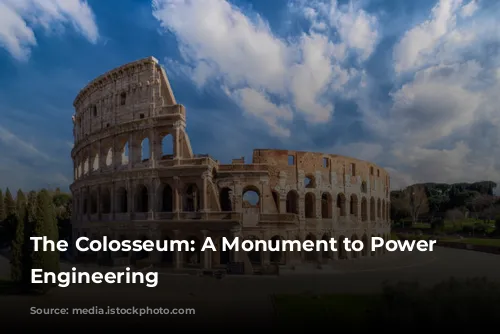
A Masterpiece of Engineering
The Colosseum’s architectural design was not only impressive but also practical. To facilitate the orderly flow of people throughout the structure, builders created four entrances for political and religious leaders and 76 for ordinary citizens. Corridors separated social groups, preventing spectators from moving freely within the structure. However, while seating was unequal for all Roman citizens, the Colosseum’s elliptical architecture ensured that everyone had a clear view of the action in the arena.
While many amphitheaters in ancient Rome were temporary structures built of wood, the Colosseum was a groundbreaking innovation. The earliest known permanent stone amphitheater, designed for 20,000 spectators, dates back to 80 BCE in Pompeii. The Colosseum, however, eclipsed all previous structures in scale and complexity.
The architect of the Colosseum remains unknown. “The Colosseum’s form is closely linked to earlier structures used for public entertainment, such as Greek theaters,” wrote art historian Peter Louis Bonfitto in his book “World Architecture and Society: From Stonehenge to One World Trade Center.” Its majestic design incorporates a striking array of columns, arches, and barrel vaults.
Elkins highlights the Colosseum’s most significant innovation: its use of concrete. “The concrete construction is what enabled the construction of the Colosseum,” he states. “It was probably the most widespread use of engineering and construction with concrete in that period.” This innovative use of concrete is a testament to the Romans’ advanced understanding of materials and engineering.
According to contemporary engineers, the Colosseum’s remarkable longevity can be attributed to its robust concrete foundation. The challenges of building in a wetland area near the Tiber River, with its poor soil conditions, forced builders to create a deep and strong foundation to stabilize the structure, according to “Engineering Rome,” a University of Washington program that explores Roman and Italian engineering.
The Colosseum was not only a marvel of concrete construction, but also featured a range of other ingenious features. A sophisticated drainage system was used to siphon off water used to stage mock sea battles in the arena. Sailors operated an overhead retractable awning, which could be extended to protect spectators from rain or Rome’s intense heat. The complex network of chambers and tunnels beneath the arena floor, known as the hypogeum, housed props, scenery, and participants when not in action. The amphitheater’s ingenious system of trap doors, pulleys, and lifts facilitated dramatic entrances for scenery and combatants alike, allowing even elephants to appear as if from nowhere.
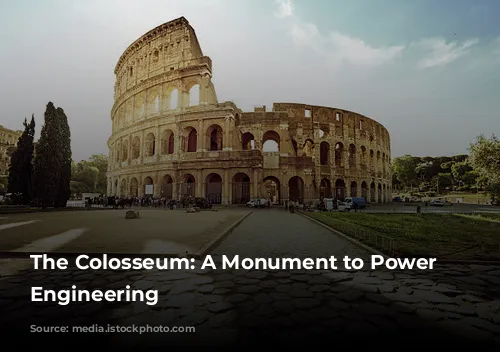
The Colosseum’s Legacy
Beyond its significance as a window into ancient Rome and its social structure, the Colosseum has left an enduring legacy. Its impact on the development of modern outdoor sports stadiums is undeniable. The Colosseum’s use of arches to support the structure, its elliptical shape, and its organized system for controlling the entry and exit of spectators based on their seating location are fundamental features of most modern stadiums.
The Colosseum stands as a timeless reminder of the power and ingenuity of the Roman Empire. This remarkable structure, a blend of architectural grandeur and engineering prowess, continues to inspire awe and wonder centuries after its construction. It is a testament to the enduring legacy of a civilization that has left an indelible mark on the course of human history. Its grandeur not only evokes the spectacle of the past but also speaks to the enduring spirit of human creativity and innovation. Its legacy continues to resonate in the stadiums and arenas of today, a testament to the enduring impact of this iconic landmark.
